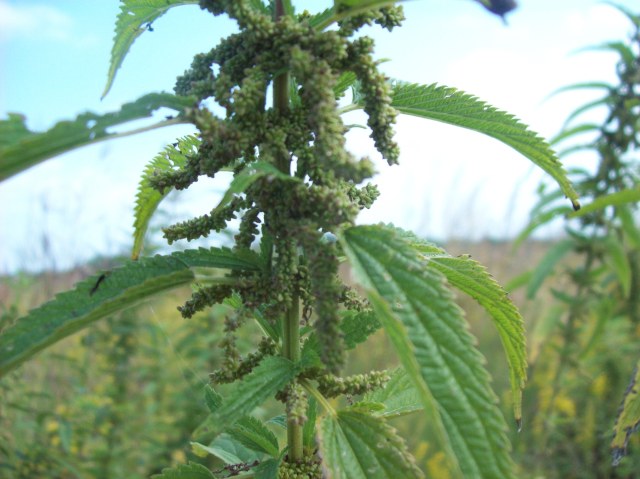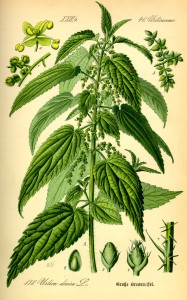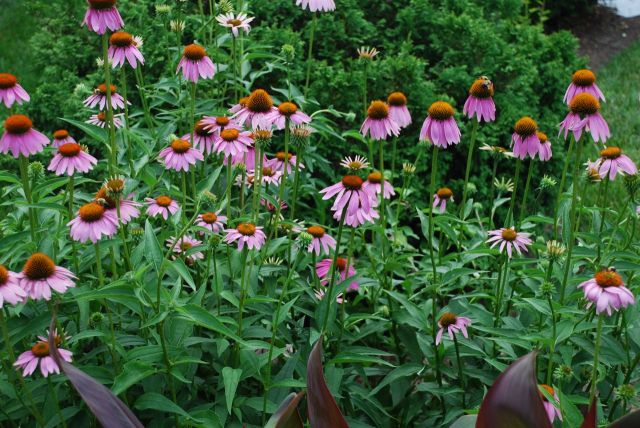
There are two species of plantain commonly found growing in lawns and along roadways, Plantago major and Plantago lanceolata. Plantain is truly an adaptable and widespread plant.
Plantago major, also known as Broadleaf plantain or Greater plantain, is one of the most abundant and widespread medicinal crops in the world. Its seeds, as a common contaminant in cereal grains and crop seeds, have contributed to its success; it has a worldwide distribution as a naturalized species. It colonizes lawns, and pops up in sidewalk cracks. It is able to grow in a wide range of conditions and climates, thrives in disturbed compacted soil, and survives repeated trampling.
Plantain is believed to be one of the first plants to reach America with the settlers; wherever they went, plantain followed, hence its common name among some Native American people- ‘white man’s footprint’.

This success is what earns its title as a weed, but fortunately, it is not a plant without merit. Simply because of its ability to grow in compacted soils, it is an important plant for soil rehabilitation, breaking up the soil and helping to prevent erosion.
The young leaves are edible as both a salad green and a cooked green. Older leaves are tough but can be cooked into soups or stew.
Plantain is valuable for its medicinal merit. It is at its most useful, in my opinion, for its ready availability in the event of an insect bite or sting, or perhaps a skinned knee. No matter where you are, there is bound to be a plantain underfoot. A poultice of the leaves can be used on insect bites as an antihistamine and anti-inflammatory, on poison ivy rash (also see jewelweed) or stinging nettle rash, and on wounds to stop bleeding (see yarrow), prevent infection and speed healing. The leaves contain allantoin, which stimulates cellular growth and tissue repair; and mucilage, which reduces pain and discomfort. They also have astringent and antimicrobial properties. In a pinch, the simplest way to make a poultice is to chew the leaf into a pulp, and apply it to the affected area.
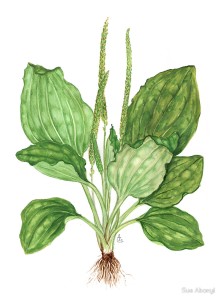
An ointment can also be made from the leaves and used in the same way. [1] The recipe is as follows: “Mix one cup of plantain leaves with a quarter cup of olive oil and heat in a small, enameled pan over low heat until mushy. Strain and stir in a tablespoon of grated beeswax. When beeswax has melted, store in a tightly covered container. Use within a couple of days or store in refrigerator for longer shelf life.“
Plantain seeds are high in mucilage, and good for the digestive system. They can be chewed, or made into a tea. Plantain seed (or flower) tea can be used as a home remedy for constipation (Psyllium fiber is made from the seeds of plantain ovata); tea from the leaves is a remedy for diarrhea and, with a high vitamin and mineral content, it simultaneously replaces the nutrients lost due to it.
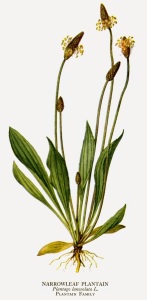
A tea made from the leaves also soothes the throat and can be used as a highly effective cough medicine. Plantain works as a gentle expectorant, but is especially useful for soothing dry cough. To make a tea, use 3-4 Tbsp fresh leaves (2-3 tsp dried) per cup of water. Pour the boiling water over the leaves- cover and steep for 10-15 minutes. A simple recipe for cough syrup, using narrowleaf plantain, can be found here.
Plantain is useful in the event of a toothache. Fresh leaves can be chewed and placed on an aching tooth. The root can also be used. (click here for more natural toothache remedies)
Plantain leaves also contain aucubin, which increases uric acid excretion, and may be useful for the treatment of gout.

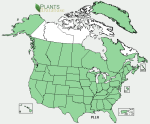
cited sources: 1. everygreenherb.com




